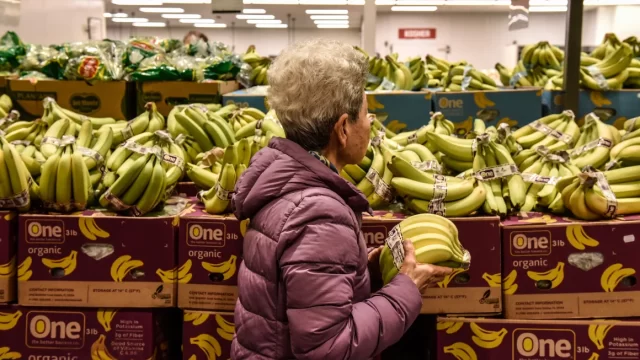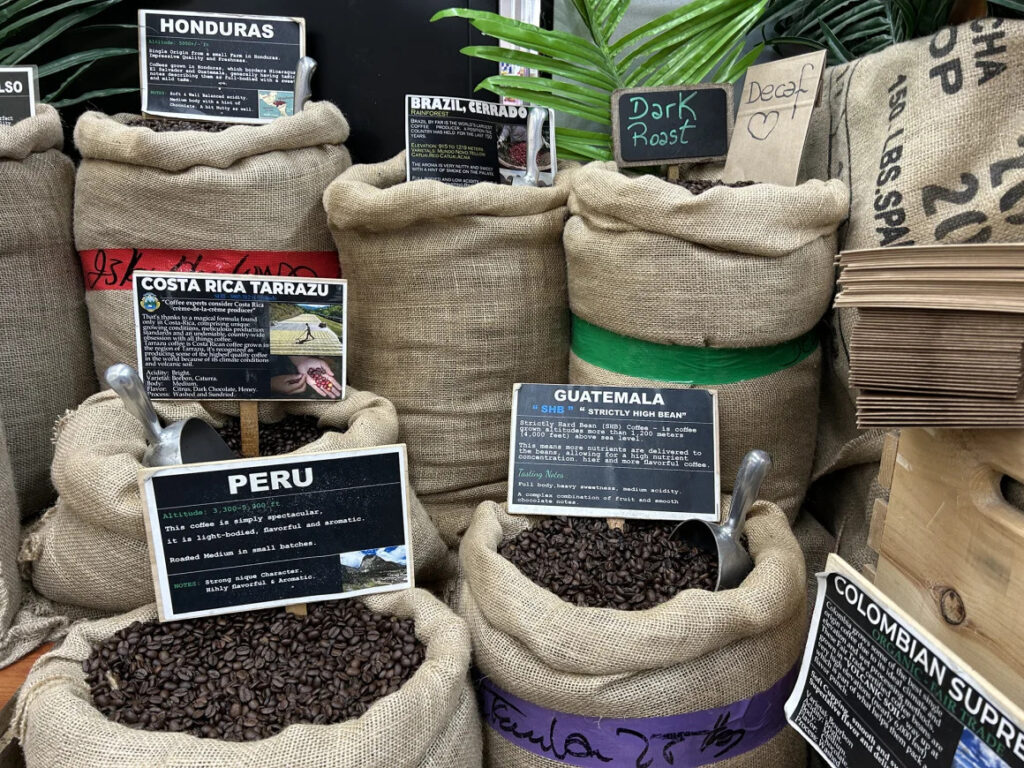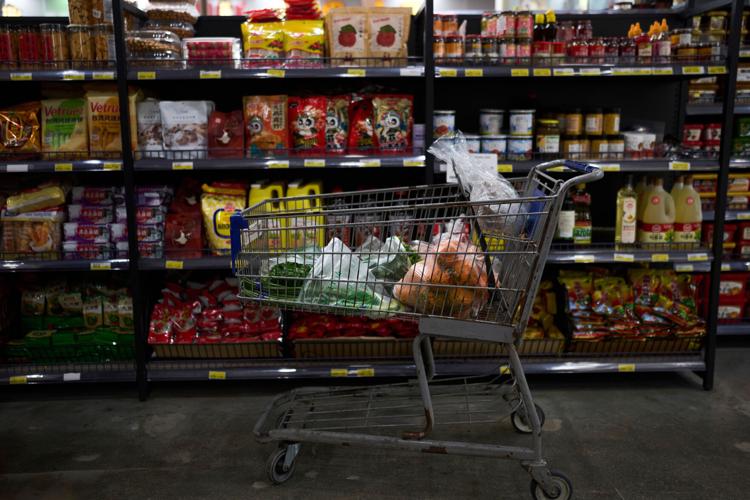
President Donald Trump’s new wave of global tariffs is about to take a bite out of your grocery budget — quite literally. While he called groceries an “old-fashioned” and “beautiful term” during his sweeping announcement last week, food industry experts warn that these new trade policies are about to make grocery shopping more expensive across the board.
With a 10% baseline tariff slapped on all imports and higher levies on 60 countries, American supermarkets — which rely heavily on global suppliers — are bracing for impact. From seafood and coffee to plastic packaging and canned goods, shoppers will soon notice both sticker shock and smaller product sizes (a phenomenon known as shrinkflation) as stores scramble to manage rising costs.
What’s Getting Pricier?
You’ll likely see the first price hikes in:
- Seafood – Roughly 80% of the seafood in the U.S. is imported.
- Coffee – Another highly imported item, often from Latin America and Africa.
- Fresh fruit and vegetables – Especially bananas, berries, and produce grown in climates not found in the U.S.
- Cheese, nuts, candy bars, and olive oil – Many of which come from Europe and Asia.
- Packaged goods – Items wrapped in aluminum or plastic from abroad will also cost more.
- Canned tuna and utensils – Common staples already facing a cost bump.
Perishable goods will likely see price increases first, followed by shelf-stable items. Some manufacturers may even discontinue certain product versions to cut costs.

Impact on Small Stores and Brands
Smaller grocery stores and independent distributors will be hit hardest and fastest. Without the buying power of retail giants like Walmart or Costco, these businesses have less flexibility to absorb rising import costs.

For instance, Affiliated Foods — a wholesaler serving 700 stores — has already been notified of a 10% price hike on Guatemalan bananas, driving the cost per case from $1.80 to $1.84. While that may sound small, those few cents quickly stack up across large orders and will ultimately land on the consumer.
Smaller distributors, who keep tighter inventories, are expected to adjust their prices much faster than large-scale suppliers who can rely on existing stock for a few more weeks.
The Global Supply Web
The U.S. imports about 17% of all food and beverages, but that number jumps drastically depending on the category — 80% of seafood, 59% of fresh fruit, and 35% of vegetables come from abroad. Many of these cannot be grown domestically year-round due to climate limitations.
“The U.S. food system is intricately linked with global markets,” said Leslie Sarasin, president of the Food Marketing Institute. “Tariffs risk disrupting the balance that provides Americans year-round access to safe, affordable food.”
However, there is one reprieve: Mexico and Canada — the U.S.’s largest agricultural suppliers — are largely exempt under the USMCA trade agreement. That may soften the blow, but not eliminate it.
Shoppers Are Already Changing Habits
Even before tariffs, rising food prices had already pushed many Americans to the edge. Since 2021, grocery prices have climbed 23%, with certain items like chocolate and coffee rising even faster.
Companies like PepsiCo and Campbell have already reported a slowdown in sales. Consumers are increasingly choosing store-brand products, limiting purchases, and taking smaller, more frequent shopping trips.
“People are watching their budgets closely,” said Sally Lyons Wyatt, chief advisor at Circana. “They’re still spending — but they’re being choosy about where those dollars go.”
The Bottom Line
With new tariffs set to ripple through every grocery aisle, expect to pay more — and maybe get less — the next time you stock your pantry. And while inflation and global supply chains play a role, many are closely watching how far these policies will push the average shopper.
What’s in your cart might just become a bigger political statement than you think.



